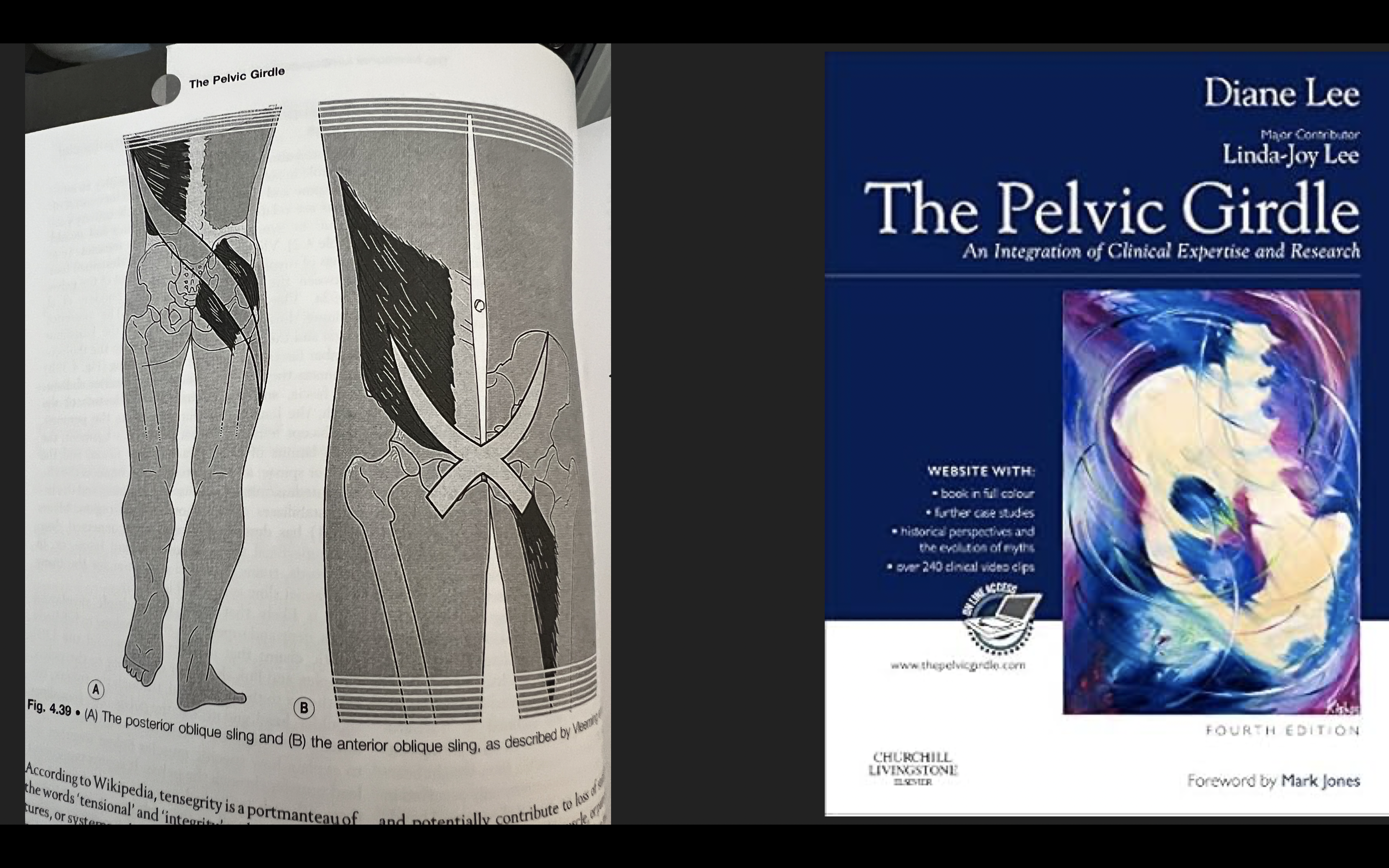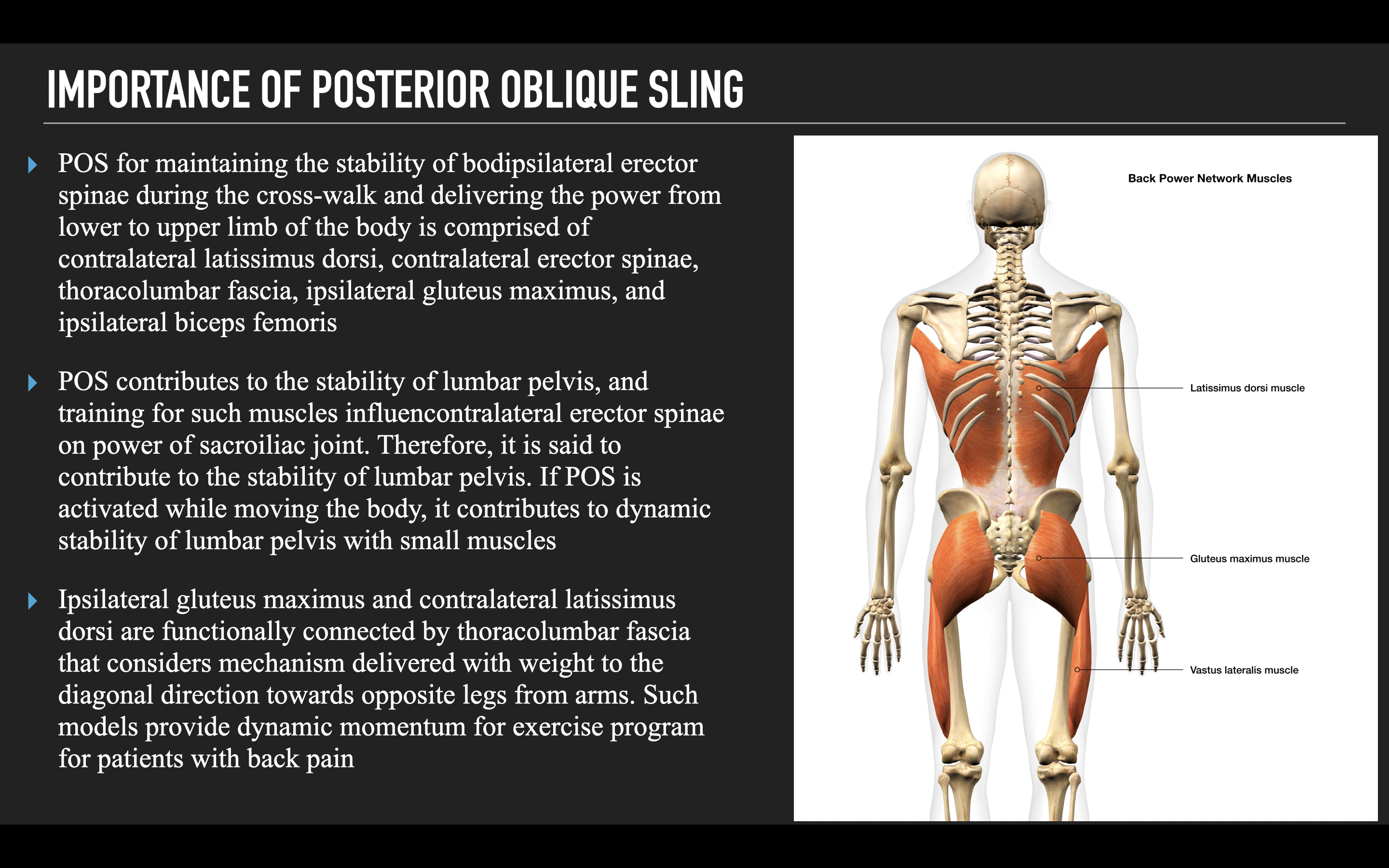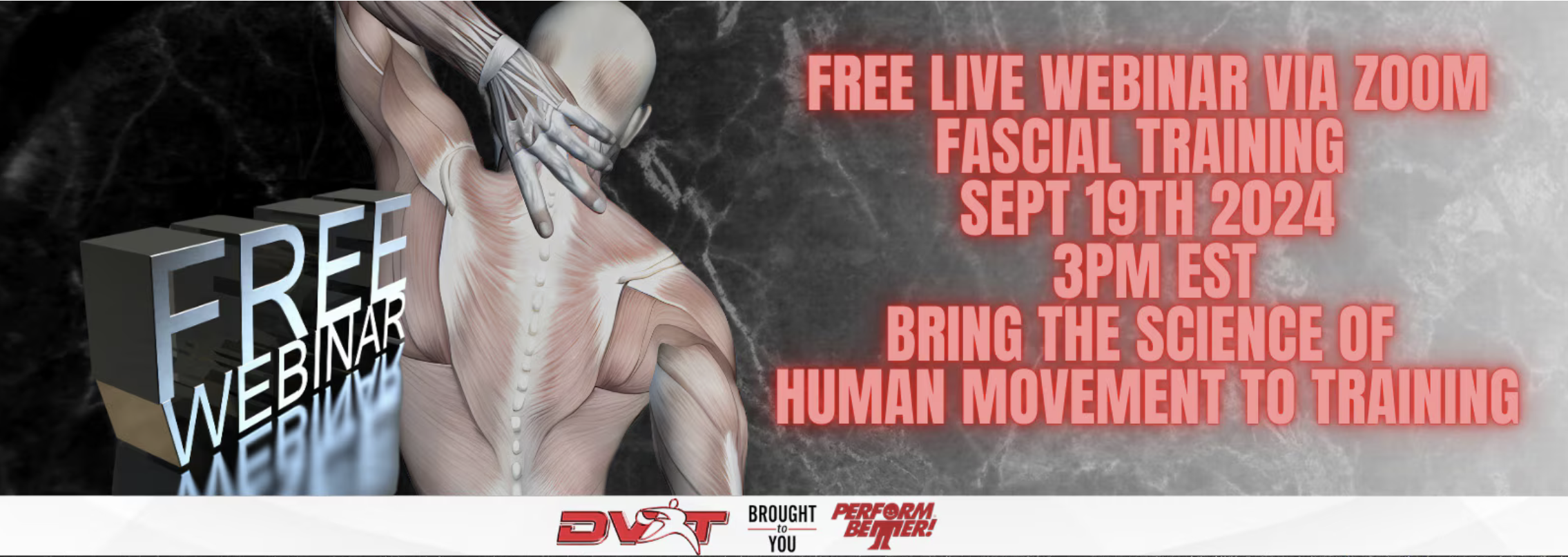What & How Fascia Leads To Better Core Training
2024-09-17
I’ve told the story many times before, but not the WHOLE story. You may have heard me share that it was the late 90’s during a corrective exercise continuing education class that I first heard about the concept of fascia. What I didn’t tell you was I was there primarily for myself as having been recently retired from college basketball due to my low back, I was still in rather terrible pain.
In fact, most of the class I had to take moving from one position to another. Fortunately they would let me stand up, lay down, do anything I need to be comfortable for a few minutes because a few minutes of not having my back give me problems was all I got.
The most frustrating part is that I had been through countless hours of physical therapy, I had tried strength training myself with TONS of work on stretching and dong ab exercises (at the time the key was to strengthen your abs, not necessarily your core and yes, they are different).
It wasn’t till I first read renowned physical therapist, Diane Lee’s book, “The Pelvic Girdle” (more like study than just read it) did I start to see how I was missing the bigger picture. My first exposure to the role of fascia in our movement was the concepts of anterior and posterior oblique slings as well as the inner unit of the core.

Even though these were concepts I was exposed to almost 30 years ago, they are STILL very new to most people. That is because fitness and even therapy is going a bit backwards when we see so many people talking about muscles in individual forms.
I think this can happen when people read overly complicated articles about what these systems are all about. At a very foundational level, these chains that are created via fascia are about providing stability to our body so we can move more efficiently. For example, the posterior oblique sign that uses the lats to the opposing glutes via the thoracolumbar fascia to stabilize our spine and pelvis when we walk so that our legs can most efficiently propel us through space.

If we didn’t have this stability then we would have to work harder to perform the same foundational movements and this would mean from an evolutionary perspective, we wouldn’t last as long in nature. When energy conservation and efficiency is so important for our survival, working unnecessarily more difficult isn’t great.
Plus, if we start moving inefficiently, not only do we expend more energy, but we also overload structures that can’t take these loads and we end up with more foot, knee, hip, and back issues which also don’t fair well for our long-term survival. So, these systems aren’t there to make us look smart when we talk about functional anatomy, but allow us to perform important activities in life better.
View this post on Instagram
A place people go wrong with these fascia ideas is they think that if we use to be able to think about focusing on isolating muscles, should we now focus on isolating fascia chains? I get that idea, but that isn’t how things work. ALL our fascial chains are working all the time, often working to not just stabilize us so we can move better, but to balance one another out. So, when we are talking about the posterior oblique sling, we have to think about the opposite that is trying to balance it out in the anterior oblique sling.
View this post on Instagram
This chain of the obliques working with the opposite adductors via the abdominal fascia helps us accelerate and decelerate when we move, in other words, we are back to the idea of being efficient in what we do. The reason that exercises like Copenhagen side planks are effective is not because they work the adductors in some special way, but because they tap into this anterior oblique sling which makes us more better so lowers our risk of injury and increases our strength/performance. However, in the Copenhagen side plank we have the posterior oblique sling and the lateral sling also working. So, you see it is NEVER about just one sling, but how well they work together.
View this post on Instagram
That is why I think people should understand core training is called “core” and not ab training because of how it serves as an important connection for the upper and lower body. That the core is not about never moving, but allowing only the movement we want to create and resisting forces we want to resist. Another reason you see these diagonal patterns throughout the body is when we are trying to resist unwanted forces trying to alter our movement in daily life is that this gives us the best architecture to do so.
As research explains, “Humans have a complex anatomy that allows them to move in many directions. The most important type of movement is the diagonal movement, which is an important factor in maintaining correct posture, balance, and coordination. Diagonal movement occurs along the diagonal plane, which is a combination of the sagittal and frontal planes. These movements are essential for the functional use of the upper and lower extremities, including joint movements (extension, lateral flexion, and rotation), walking, activities of daily living, and sports.” (1)
So, core training as you see in the examples of today are not just “complicated” ways to train the abs, but a way to build better function of the over 35 muscles that make up our core to work synergistically more efficiently so that we have better stability for injury resilience and better strength/performance.
Don’t miss our FREE fascia training webinar this Thursday at 2pm EST HERE. Save 20% all throughout DVRT with code “save20” HERE
View this post on Instagram
References:
1. Lee Y.-J., Liang J.N., Chen B., Aruin A.S. Characteristics of Medial-Lateral Postural Control While Exposed to the External Perturbation in Step Initiation. Sci. Rep. 2019;9:16817. doi: 10.1038/s41598-019-53379-9
© 2025 Ultimate Sandbag Training. Site by Jennifer Web Design.







